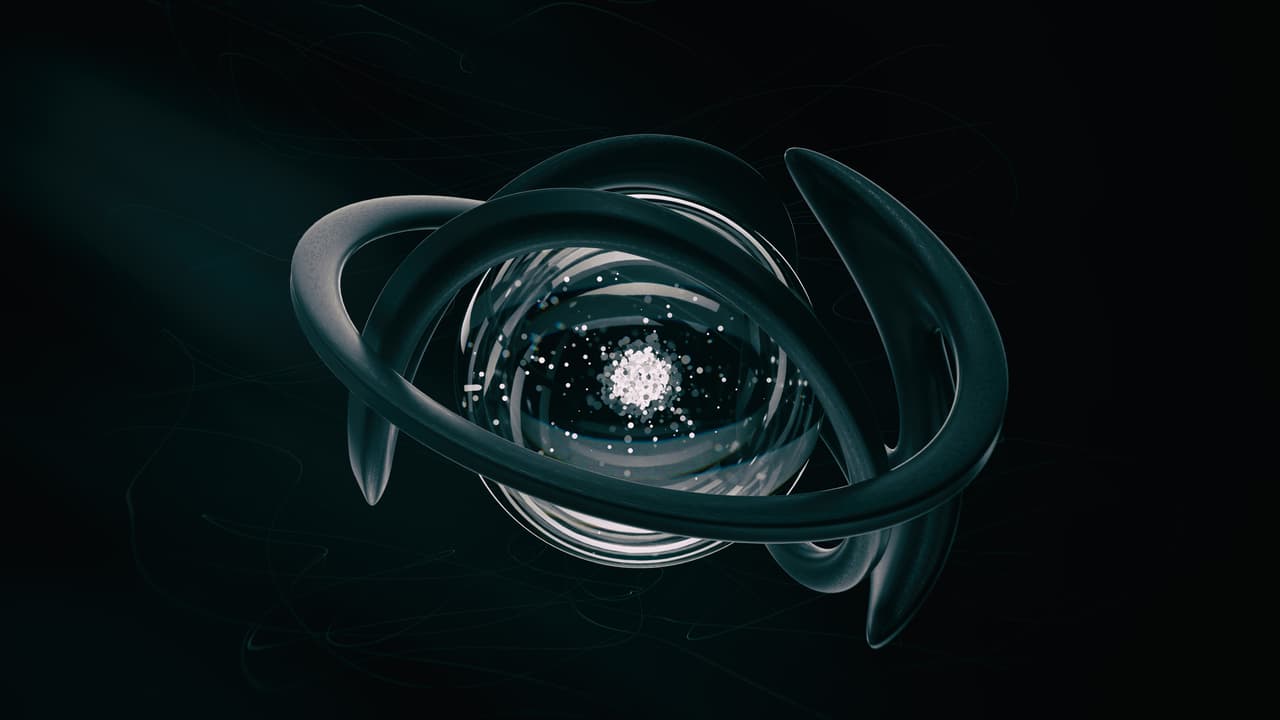Physicists at the Large Hadron Collider have made new discoveries about the Higgs boson, observing two rare decay paths. These findings provide further insights into the Higgs boson’s behaviour and its alignment with the Standard Model.
In a major scientific breakthrough, physicists at the Large Hadron Collider (LHC) in Switzerland have found new information about the Higgs boson, a particle that remains one of the most intriguing in physics. The Higgs boson is a very small particle that gives mass to other particles. It plays a crucial role in the Standard Model, which is the current framework scientists use to describe how particles and forces in the universe behave. The Higgs boson was first discovered in 2012 at CERN.
This new discovery was presented by the ATLAS Collaboration, a large team of scientists involved in one of the key experiments at the LHC, during a major physics conference in 2025. These findings help improve our understanding of the Higgs boson’s behaviour and how it aligns with our current understanding of the universe, as described by the Standard Model.
What Is the Higgs Boson?
The Higgs boson is sometimes referred to as the “God Particle” because it is central to explaining why particles have mass. It was discovered at the LHC, a powerful machine that accelerates protons to nearly the speed of light and smashes them together. Scientists are still working to understand how it behaves, how it interacts with other particles, and whether it could point to new physics beyond what we currently know.
What Did Scientists Find?
The ATLAS team studied two very rare types of decay of the Higgs boson, that is, how it breaks down into other particles.
1. Higgs boson decaying into two muons (H→μμ)
Muons are heavier versions of electrons. This type of decay is extremely rare; it occurs in only 1 out of every 5,000 Higgs decays. It is important because it helps scientists understand how the Higgs boson interacts with lighter particles, not just heavy ones.
2. Higgs boson decaying into a Z boson and a photon (H→Zγ)
This decay is also unusual. It happens through a process involving “virtual” particles, which appear and disappear in a very short time. If new, unknown particles are involved in this process, it could be a sign of something new in physics beyond the Standard Model.
Why Are These Decays So Hard to Spot?
These rare decays are like trying to find a needle in a haystack. In the H→μμ case, researchers looked for a small increase in data where two muons had a combined mass of 125 GeV, which matches the known mass of the Higgs boson. But there are many other muon pairs created by other processes, which makes it difficult to identify the real signal.
The H→Zγ decay is even more challenging. The Z boson only decays into detectable particles, like electrons or muons, about 6% of the time. To make things more complicated, overlapping collisions at the LHC make it hard to distinguish real photons from other signals.
What Did They Discover?
Here are the key findings:
Higgs → Muons (H→μμ)
The ATLAS team had previously seen hints of this decay using older data. Now, with the new dataset, they found stronger evidence, at a significance level of 3.4 standard deviations. It means there is less than a 1 in 3,000 chance that the result is just a coincidence. In science, this is a significant finding, it’s not yet a full “discovery,” but it’s getting very close.
Higgs → Z boson + Photon (H→Zγ)
The signal for this decay was weaker, but still important. The new analysis showed a result at 2.5 standard deviations, which improved the sensitivity to this rare process and set the best limit so far on how often it can occur.
Why Does This Matter?
These results help scientists check whether the Higgs boson behaves exactly as the Standard Model predicts, or if there are signs of something new. If any unexpected behaviour is found, it could lead to major changes in physics, possibly revealing new particles or forces that we have not yet discovered.
Source: CERN. “The Higgs boson just revealed a new secret at the Large Hadron Collider.” ScienceDaily. ScienceDaily, 25 August 2025.
